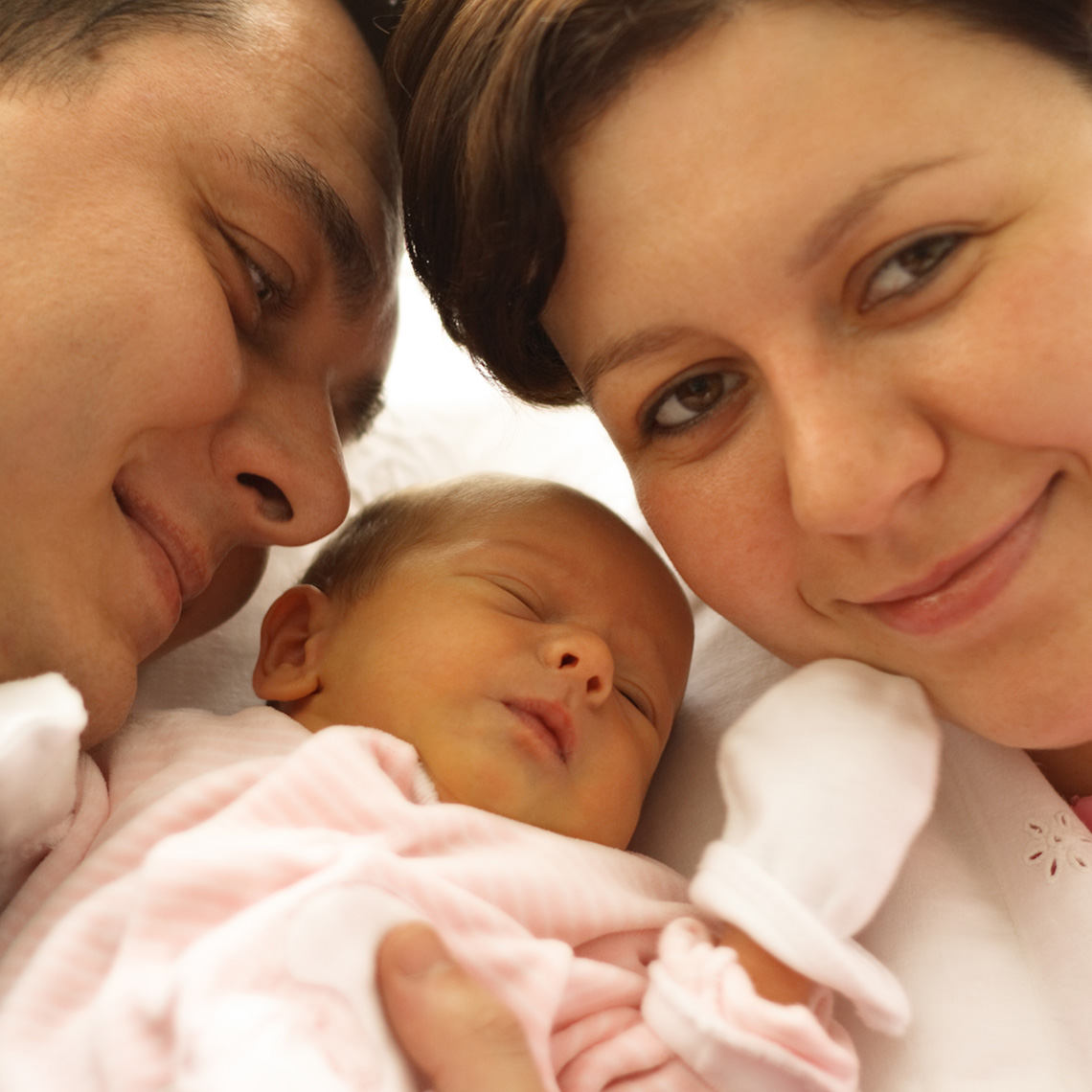Guideline
OB Guideline 9: Second Trimester Pregnancy Termination
Patients who require a second trimester pregnancy termination should be offered the full range of management options, including referral if necessary and a plan for care should be documented. Medical-Surgical consents and Massachusetts Department of Public Health consents appropriate for the procedure should be obtained and documented. Patient preference for disposition of fetal remains should be documented.
Eligibility for second trimester termination should be determined by the best estimate of gestational age. The calculation of gestational age should be consistently applied and transparently obtained by all available dating criteria. Ultrasound verification of gestational age including determination of biparietal diameter is preferred. Gestational age limits should be in accordance with state law.
Prior to Second Trimester Pregnancy Termination
- obtain medical and obstetrical history;
- confirm the gestational age;
- conduct a physical exam; and
- counsel the patient regarding potential risks, agents, and methods for the chosen procedure
The plan of care should take into consideration:
- the patient’s preference for an intact fetus;
- the patient’s preference to avoid labor and delivery;
- availability of care providers experienced in second trimester pregnancy termination procedures;
- medical or obstetrical co-morbidities;
Plan of care may include, but not be limited to:
- discussion of the appropriate location for the proposed procedure;
- anesthesia consultation as indicated; and
- consultation with Social Work, Chaplaincy, or both as desired.
Institutional Guidelines
Each facility shall develop guidelines for second trimester pregnancy termination to include, at a minimum, details regarding:
- standards for documenting gestational age
- procedures,
- medications,
- use of cervical ripening agents,
- role of intra-operative ultrasound,
- potential role of feticidal agents,
- adherence to local and federal laws and regulations, and
- strategy/plan in the event of a live birth.
Methods of Second Trimester Pregnancy Termination
Methods of second trimester termination include dilation and evacuation, and induction of labor. Hysterectomy and hysterotomy are not considered primary methods for terminating a second trimester pregnancy.
Documentation
Documentation should include, but not be limited to:
- discussion of procedures or methods, and their risks and benefits;
- consents for medical-surgical procedures, and the Massachusetts Department of Public Health consents and disposition of fetal remains form, if applicable;
- administration of medications: time, date, dose;
- placement of osmotic dilators (e.g., laminaria, dilapan), including date, time, and number placed, as needed for cervical preparation;
- patient’s clinical course;
- delivery or removal of fetal and placental tissues and completeness; and
- complications and need for additional procedures.1,2
Footnotes
- Second-trimester abortion. ACOG Practice Bulletin No. 135. June 2013. Reaffirmed 2021. American College of Obstetricians and Gynecologists
- Abortion Policy. College Statement of Policy. As issued by the College Executive Board. American College of Obstetricians and Gynecologists. November 2014. Reaffirmed 2020
| << Guideline 8 | Web Guideline Home Page | Guideline 10 >> |
More CRICO Guidelines or Algorithms
Neonatal Encephalopathy Guidelines


General Informed Consent Guidelines

Challenge: Take the OB Clinical Guidelines Test

